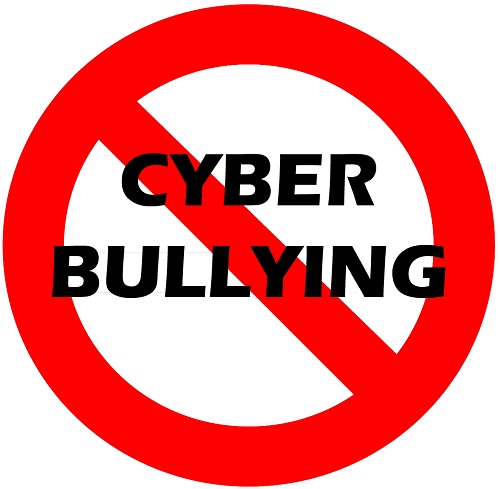All friends joke around with each other, but sometimes it’s hard to tell if someone is just having fun or trying to hurt you, especially online. Sometimes they’ll laugh it off with a “just kidding,” or “don’t take it so seriously.” But if you feel hurt or think others are laughing at you instead of with you, then the joke has gone too far. If it continues even after you’ve asked the person to stop and you are still feeling upset about it, then this could be bullying. And when the bullying takes place online, it can result in unwanted attention from a wide range of people including strangers. Wherever it may happen, if you are not happy about it, you should not have to stand for it. Cyberbullying takes place over digital devices like cell phones, computers and tablets and include text messages, social media platforms, online gaming and any app that allows people to view, participate and share content.
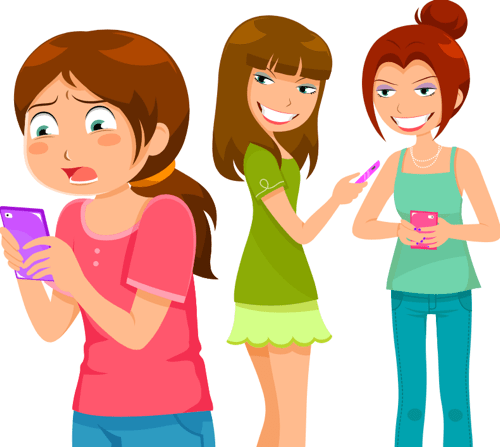
Forms of Cyberbullying
To be considered bullying, aggressive behavior includes imbalance of power and repetition. It is an act of intention carried out by an individual or a group of individuals against a victim who can’t easily defend themselves. There are all types of bullying including verbal, social, physical and cyber bullying; when someone uses the Internet to harass, threaten, embarrass or target another person. There are various forms of cyberbullying too, from exclusion where a person is marginalized and rejected from an online group, harassment; which includes mocking, slander, gossiping, insults and all abusive or hate-related behavior. There is also flaming cyberbullying which differs from harassment, in that it is an online fight featured by anger and violence. Trolls also engage in cyberbullying but don’t always have the same goals as cyberbullies, they are generally disruptive for their own amusement.
One of the more dangerous forms of cyberbullying is cyberstalking as this involves a credible threat to a victim’s safety, where the bully uses electronic communication to stalk their victim. The bully can also impersonate someone else to send malicious messages to the victim and this is known as masquerading or impersonation.
Cyberbullying is most common on social media networks, with the ease of access and partial anonymity of being online, every social media user is at risk of being bullied online. As the digital sphere has expanded and with the advancement of technology, cyberbullying on social media has become increasingly common. It is comforting to know in a sense though, for safety reasons, that we are not invisible online and anything posted can be traced back to its source.
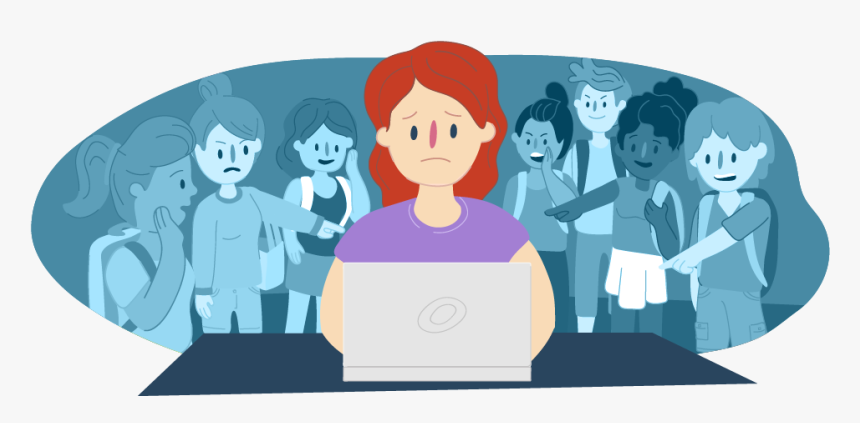
Prevent Cyberbullying
Think twice before posting or sharing anything online, it may stay online forever and could be used to harm you later. Don’t give out personal details such as your address, telephone number or the name of your school.
Learn about the privacy settings of your favorite social media apps. Here are some actions you can take on many of them:
- You can decide who can see your profile, send you direct messages or comment on your posts by adjusting your account privacy settings.
- Block communication with cyberbullies.
- Don’t forward any messages, comments, etc. that involve cyberbullying.
- Always report taking place to an adult.
- Talk about bullying with friends and family.
- Be private, keep your passwords, pictures an secrets to yourself.
- Don’t reply in anger.
- Stop, block, and tell someone.
- Save the evidence on your computer.
- Don’t engage in or support mean material, gossip, or rumors posted online.
- Support the victim targeted online by posting something positive.
- Use Social Media platforms that can assure you the inexistence of bullying.
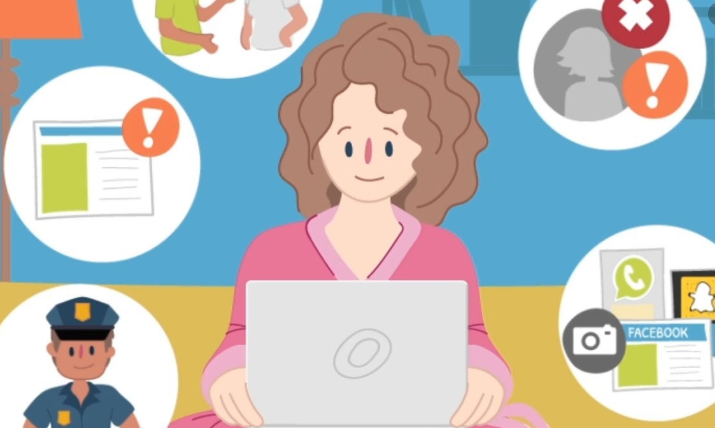
What are the Effects of Cyberbullying?
Victims of cyberbullying may experience lower self-esteem, increased suicidal feelings, and a variety of negative emotional responses including being scared, frustrated, angry or depressed. Other consequences: anxiety, sadness, shame, withdrawal from friends and activities, changes of mood, behavior and appetite, and emotional distress during and after using technology.
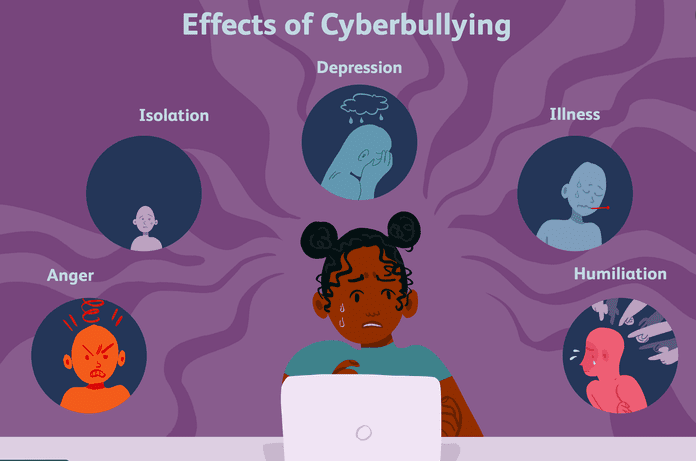
Stopping cyberbullying is not just about calling out bullies, it’s also about recognizing that everyone deserves respect, online and in real life.

